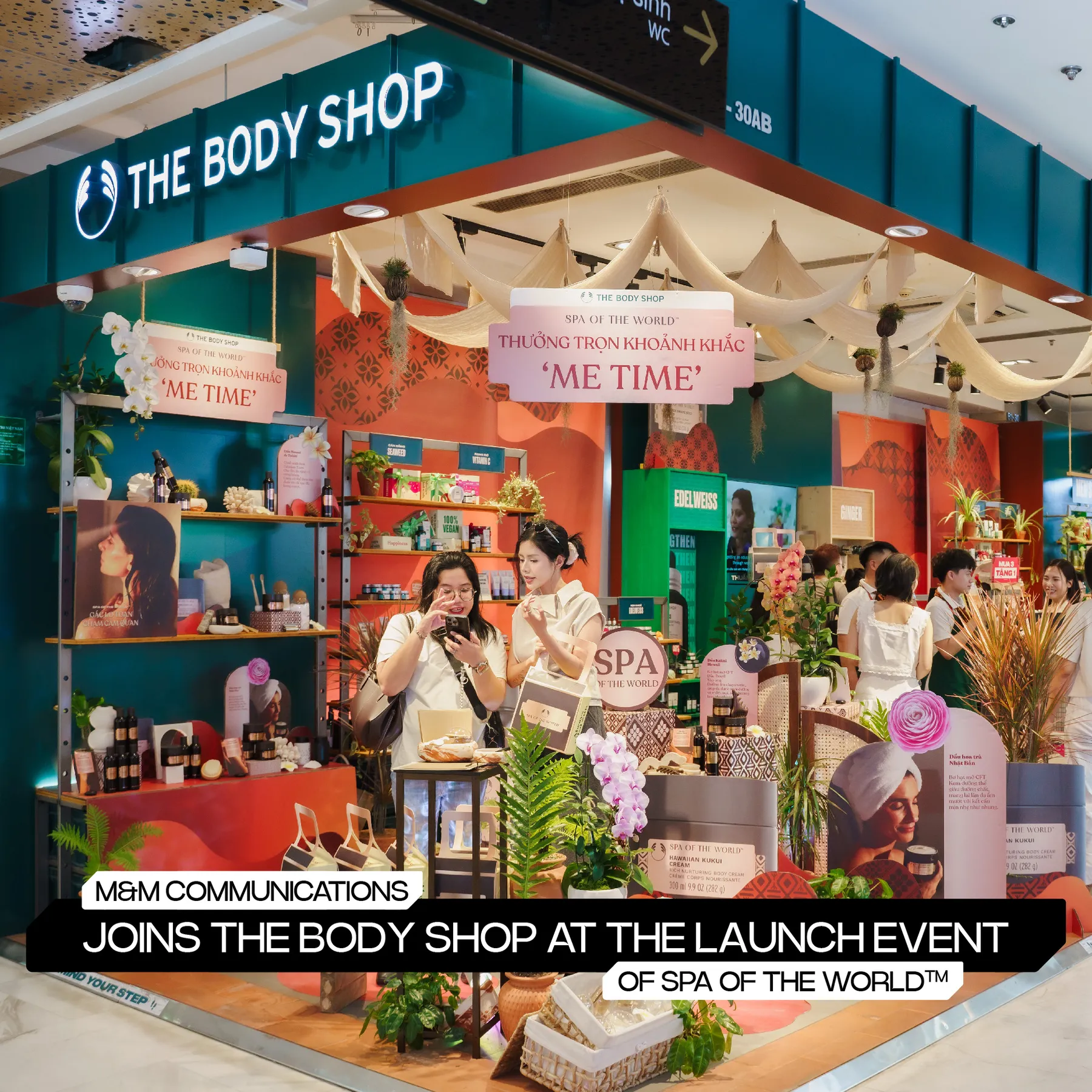
Business Card Design 2025: The Art of Crafting a Lasting First Impression

1. The Enduring Relevance of Business Cards in a Digital World
Despite the prevalence of digital networking tools like LinkedIn and email, the physical business card remains a surprisingly resilient and effective networking tool. In 2025, it serves as a tangible representation of your brand and a personal touchpoint in an increasingly virtual world. For Vietnamese professionals, a thoughtfully designed business card can significantly enhance credibility and memorability during face-to-face interactions.
Why business cards still matter:
- Tangible Connection: Offers a physical reminder of you and your brand.
- Professionalism: A quality card signals attention to detail and seriousness.
- Direct Information Exchange: Quick and easy way to share contact details.
- Networking Catalyst: Facilitates follow-up and strengthens new connections.
- Brand Reinforcement: Extends your brand identity into the physical realm.
- Cultural Nuances: In Vietnam, exchanging business cards is often a respected formality in business settings.
2. Business Card Design Trends for 2025
Modern business cards are evolving beyond simple rectangles with text.
2.1. Minimalism and Clean Aesthetics
Less is more. Clean layouts, ample white space, and essential information only. Focus on high-quality typography and materials.
2.2. Sustainable and Eco-Friendly Materials
Recycled paper, bamboo, seed paper (that can be planted), or even metal and wood. This trend resonates with growing environmental consciousness in Vietnam.
2.3. Unique Shapes and Die-Cuts
Moving beyond the standard rectangle to custom shapes that reflect the brand or industry, making the card more memorable.
2.4. Textured Finishes and Special Printing Techniques
Embossing, debossing, foil stamping, spot UV, and letterpress create a tactile experience and a premium feel.
2.5. Bold Typography and Creative Layouts
Using type as a primary design element, with interesting alignments and hierarchies.
2.6. QR Codes for Digital Integration
Linking directly to a website, LinkedIn profile, online portfolio, or digital contact card (vCard).
2.7. Interactive and Multi-Functional Cards
Cards that fold into small objects, have a dual purpose (e.g., a phone stand), or incorporate augmented reality (AR) elements.

3. Sustainable Printing Options: Making an Eco-Conscious Choice
As sustainability becomes a global priority, choosing eco-friendly options for business cards reflects positively on your brand values, which is increasingly important for Vietnamese consumers and businesses.
3.1. Recycled Paper Stock
Made from post-consumer waste, reducing landfill and the need for virgin pulp.
3.2. FSC-Certified Paper
Paper sourced from responsibly managed forests, ensuring environmental and social sustainability.
3.3. Alternative Materials
- Bamboo: A rapidly renewable resource.
- Cotton Paper: Made from cotton linters, a byproduct of the textile industry.
- Seed Paper: Biodegradable paper embedded with seeds that can be planted.
- Cork or Wood Veneer: Unique and natural options.
3.4. Soy-Based or Vegetable-Based Inks
Less harmful to the environment compared to traditional petroleum-based inks.
3.5. Minimalist Printing
Using less ink, fewer colors, and avoiding full-bleed designs can reduce environmental impact.
4. The Rise of Digital Business Cards
Digital business cards offer a modern, contactless, and dynamic alternative or complement to traditional cards.
4.1. Benefits of Digital Business Cards
- Eco-Friendly: No paper waste.
- Easily Updateable: Contact information can be changed instantly.
- Interactive: Can include clickable links, videos, and social media profiles.
- Contactless Sharing: Shared via QR code, NFC, email, or messaging apps.
- Trackable: Some platforms offer analytics on views and shares.
- Cost-Effective: Can reduce printing costs over time.
4.2. Popular Digital Business Card Platforms
- HiHello
- Switchit
- Popl
- Linq
- Haystack
Many Vietnamese professionals are adopting these for convenience and tech-savviness.
5. Essential Information to Include on Your Business Card
Clarity and conciseness are key. Only include what is truly necessary.
- Your Name and Title: Clearly identify who you are and your role.
- Company Name and Logo: Essential for brand recognition.
- Phone Number: Direct line or mobile.
- Email Address: Professional email.
- Website URL: Drive traffic to your online presence.
- (Optional) Social Media Handle: LinkedIn is common for professionals. For creative roles, Instagram or Behance.
- (Optional) Physical Address: If relevant for your business (e.g., retail store, office for meetings in Vietnam).
- (Optional) QR Code: Linking to digital contact info or website.
For Vietnamese business cards, consider having information in both Vietnamese and English if you network internationally.

6. Design Tips for an Unforgettable Business Card
- Reflect Your Brand: The design should be consistent with your overall brand identity.
- Prioritize Readability: Choose clear fonts and ensure sufficient contrast.
- Use High-Quality Materials: The feel of the card matters.
- Don't Clutter: White space is your friend.
- Proofread Meticulously: Typos are unprofessional. Get a second pair of eyes, especially for Vietnamese diacritics.
- Consider Both Sides: Use the back for secondary information, a tagline, or a visual element.
7. Networking Strategies in the Digital Age: Beyond the Card Exchange
Exchanging cards is just the first step. Effective networking in 2025 involves digital follow-up.
- Connect on LinkedIn: Send a personalized connection request shortly after meeting.
- Follow-Up Email: Send a brief email referencing your conversation and offering value.
- Organize Contacts: Use a CRM or digital tool to manage new connections.
- Provide Value: Share relevant articles, insights, or offer assistance.
- Stay Consistent: Nurture relationships over time.
8. Case Study: Innovative Business Card for a Vietnamese Tech Startup (Hypothetical)
Client: A new Ho Chi Minh City-based AI startup.
Challenge: Wanted a business card that reflected their cutting-edge technology and stood out at tech conferences.
Solution by M&M Communications: Designed a minimalist card made from recycled plastic with a sleek, futuristic font. Incorporated an NFC chip that, when tapped on a smartphone, opened their digital business card containing links to their website, demo videos, and LinkedIn profiles. Also included a subtle QR code as a backup.
Results: The card became a conversation starter, generated buzz at networking events, and positioned the startup as innovative and tech-savvy, leading to more meaningful follow-up connections.
9. Choosing a Printer or Designer for Your Business Cards in Vietnam
- Local Printers: Many excellent printers in major Vietnamese cities like Hanoi and Ho Chi Minh City offer a range of paper stocks and finishing options.
- Online Printing Services: Convenient but may offer less customization.
- Graphic Designers: Professional designers can create a unique card that aligns with your brand. M&M Communications offers this service.
- Ask for Samples: Always request paper and print samples before committing to a large order.
10. Conclusion: Your Business Card, Your Pocket-Sized Ambassador
In 2025, the business card is a strategic tool that blends the physical and digital worlds. Whether you opt for a classic design with sustainable materials or embrace a fully digital solution, the goal remains the same: to make a memorable first impression and facilitate meaningful connections. For Vietnamese professionals, a well-crafted business card is an indispensable part of their networking toolkit.
M&M Communications can help you design traditional or digital business cards that perfectly represent your brand and make every introduction count. Contact us to create your standout card.





